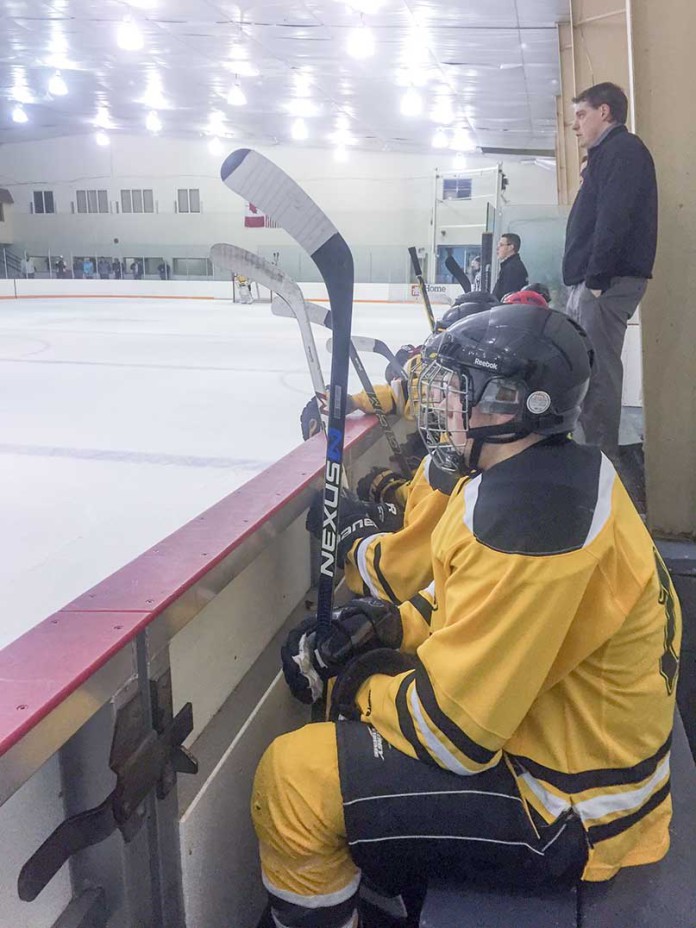Last week we began our exploration into the world of tomatoes. After that, I’m sure every one of you is going to want to grow “at least” one tomato plant in your garden this summer. Tomatoes are extremely versatile. You can grow them right in the veggie garden (they are even pretty enough to grow in the flower garden), you can grow them in the protection of a small greenhouse, you can opt for raised beds, you can stick them in pots on your deck (where there’s a chance the deer won’t find them), and you can even grow them in hanging baskets to take advantage of their vining nature.
However and wherever you decide to grow your tomatoes, there are a few basic things to know.
The first decision you have to make is whether to grow your tomatoes from pre-started plants or to start your own from seed. There are advantages and disadvantages to both. Buying tomato transplants ensures that you will be starting with strong healthy plants that will be off to a great start. Also, if you buy from a reputable local grower/greenhouse, you will usually be getting plants from varieties that are “tried and true” in your particular growing region. Tomato plants purchased from big box stores or chain nurseries are generally not as well cared for and will often be varieties that simply do not live up to your expectations. Purchasing pre-started tomatoes does offer far less selection and is also more costly. Should you decide to grow from seed, there are nearly 8,000 varieties to choose from. Also, for the price of a cell pack of four tomato plants you can get a much greater number of seeds that you can store and use for several years. The down side to starting your own tomato seeds is that you will need a bit of extra space, some minor equipment and a fair bit more time.
So let’s assume that you are going to start from seed. First you should have an idea of how many tomato plants you want/need. This can get out of hand in a real hurry and tomatoes are just below zucchinis on the fecundity scale. If it’s your first year, try just a few plants. Two or three cherry tomatoes and two or three slicers should provide more than enough for the average family.
Growing tomatoes from seed is fairly simple. You will need a seed starting tray with a clear plastic dome. Sterile seed starting mix is strongly recommended. You can plant in many different mediums but a soil borne fungal disease known as damping off can easily wipe out an entire tray of seedlings if not caught early. Sterile seed starting mixes come free of this fungus. You will also need a decent light. Fluorescent shop lights work just fine or you can spend a little more money on “proper” grow lights. Another day we’ll have a discussion of the many lighting options out there. Finally, a seed starting heat pad is greatly helpful. Tomato seeds grow much better when placed on a heating pad that will raise the soil temperature above the ambient air temperature. Warm places such as the tops of refrigerators also make great places to keep a seedling tray warm. Never use heating pads intended for use on people as there is an extreme shock hazard with all the moisture involved.
To start tomato seeds, first fill the seed starting tray with pre-dampened seed starting mix. Your mix should be moist enough that you can just squeeze water out of it but it should never be wet or waterlogged. Bury tomato seeds under a layer of soil mix equal to their thickness. Spritz with water and cover with the clear plastic dome. Place your tray on the heat pad in an area with good light. Check daily and mist with a spritzer as needed to keep the humidity high. Tomato seeds can germinate in just a few days so it’s a good idea to check twice a day. Once you see the small green sprigs break the surface of the soil, remove the plastic dome and place a light as close as possible over the plants. Never let them dry out and be sure that the light is not close enough to burn the tender new growth. Fluorescent tubes are great as they are generally a cool light and can be placed to almost touch the tips of the plants. Bright close light will encourage strong thick stems but if your light is too weak or far away the tomato plants will literally “stretch” towards it. This results in stems that are very long, thin and weak. This is a condition referred to as leggy. Leggy tomato seedlings can still be quite successfully transferred to the garden but they are inherently weak and susceptible to all sorts of issues. Placing a gently blowing fan where it will cause your tomato seedlings to move just a little will also encourage strong stems and discourage fungal problems.
As always, we’ve come to the end of the column far too quickly. Join me again next week as we continue our look at growing the best tasting tomatoes right in your home garden!




